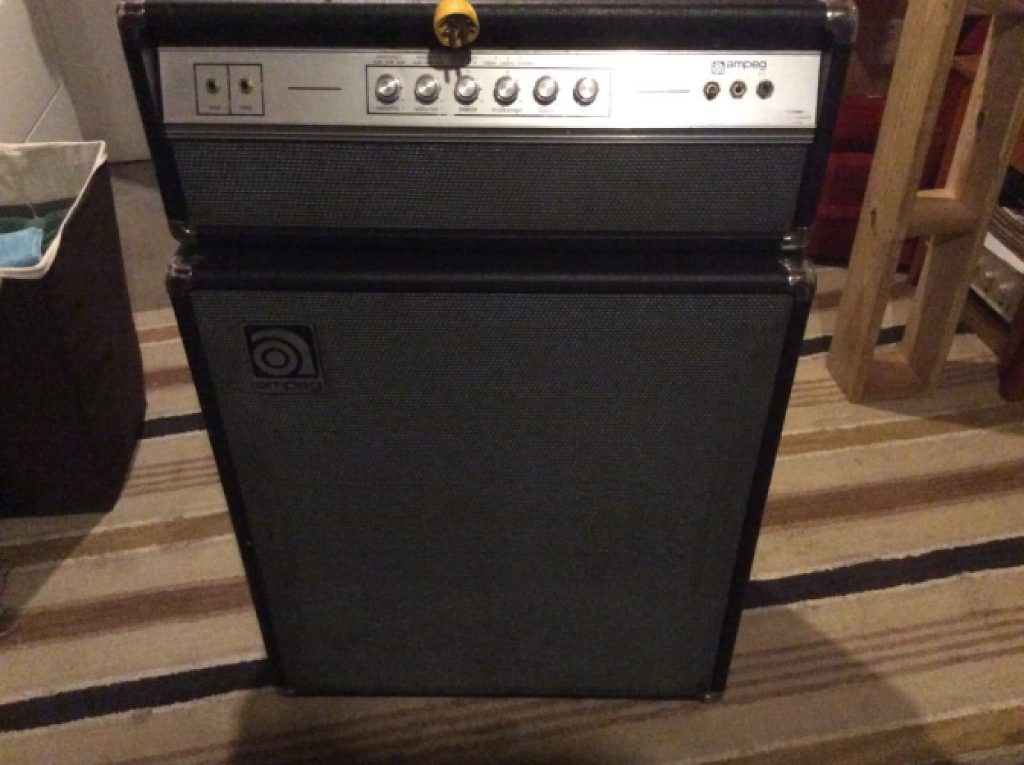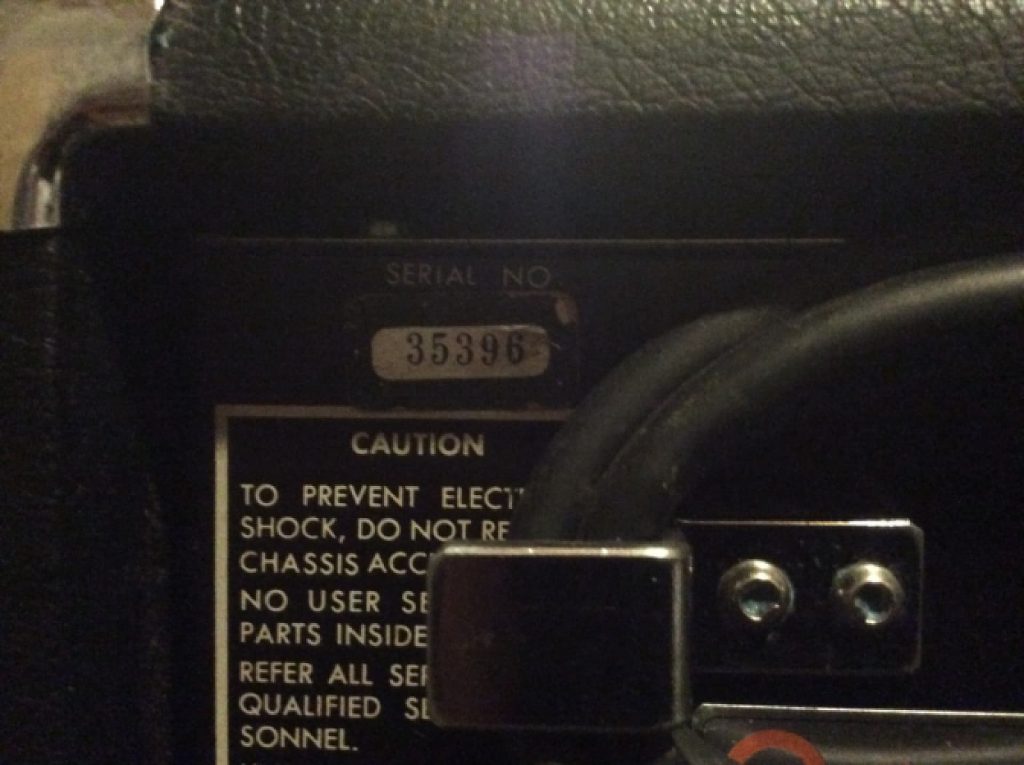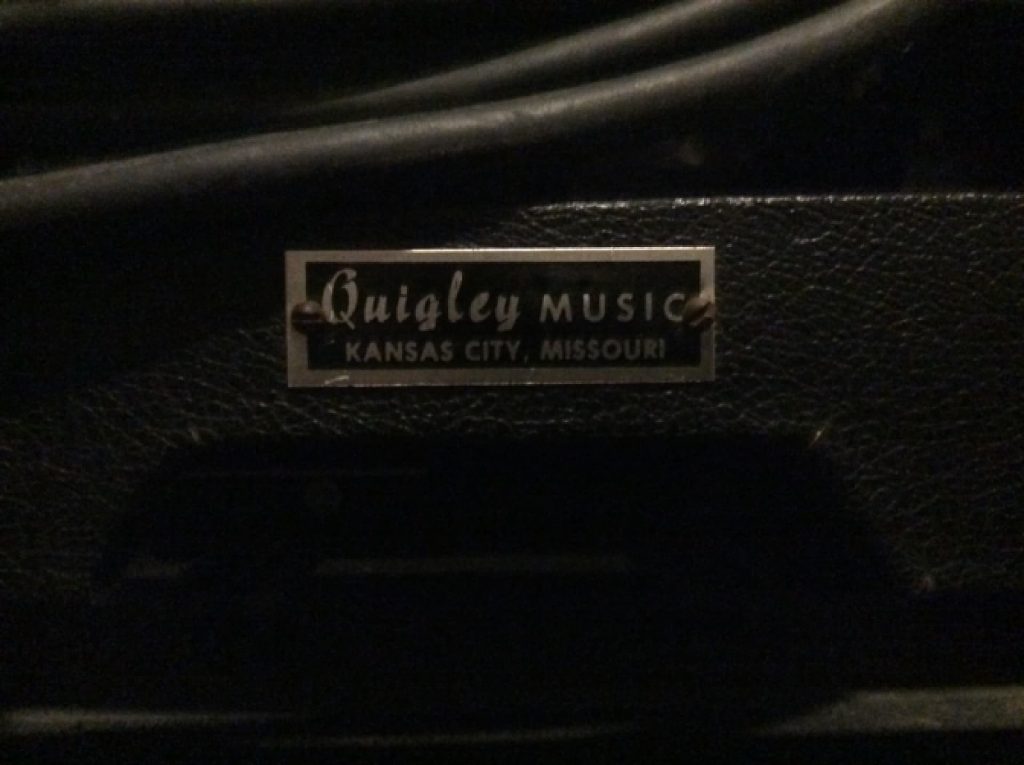I impulse-bought an Ampeg V-4 and matching speaker cabinet this week.

Price was bordering too good to be true, but it’s in pretty great shape considering it was built somewhere between 1972 and ’75.

I’ve hoped to run across a deal on an old Sunn or Hiwatt to pair with my Sunn 2×12 cabinet for a long time, but it was always a long shot. This isn’t quite the same sound, but it is in the ballpark of big, loud cleans and classic drive tones. I’m considering it an upgrade to both that Sunn cab and my Music Man Sixty-Five and its 1×15 ported cab, which will be looking for new homes soon.

This is a huge amp, physically and sonically. I tested it outside, and it was rearranging my internal organs with the volume on about 3. The head and the cab each weigh something like 80 pounds. The output transformer is the biggest I’ve ever seen.
It needs a little TLC from a good tech and I won’t get to turn it up very often any time soon, but this is a super cool upgrade in the big clean and bass-friendly amp department and my first all-tube vintage amp. (The Music Man has a solid state preamp.)

